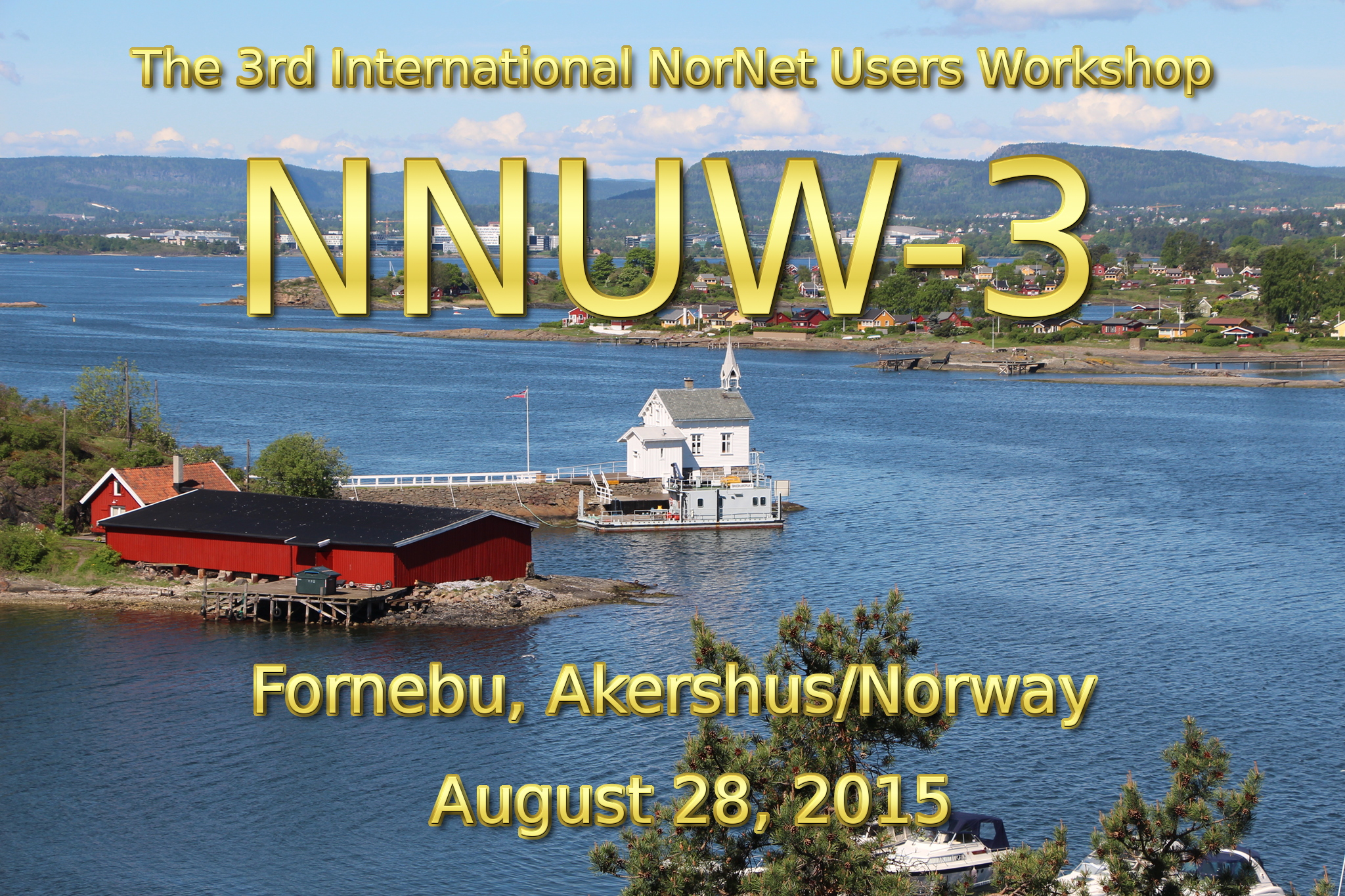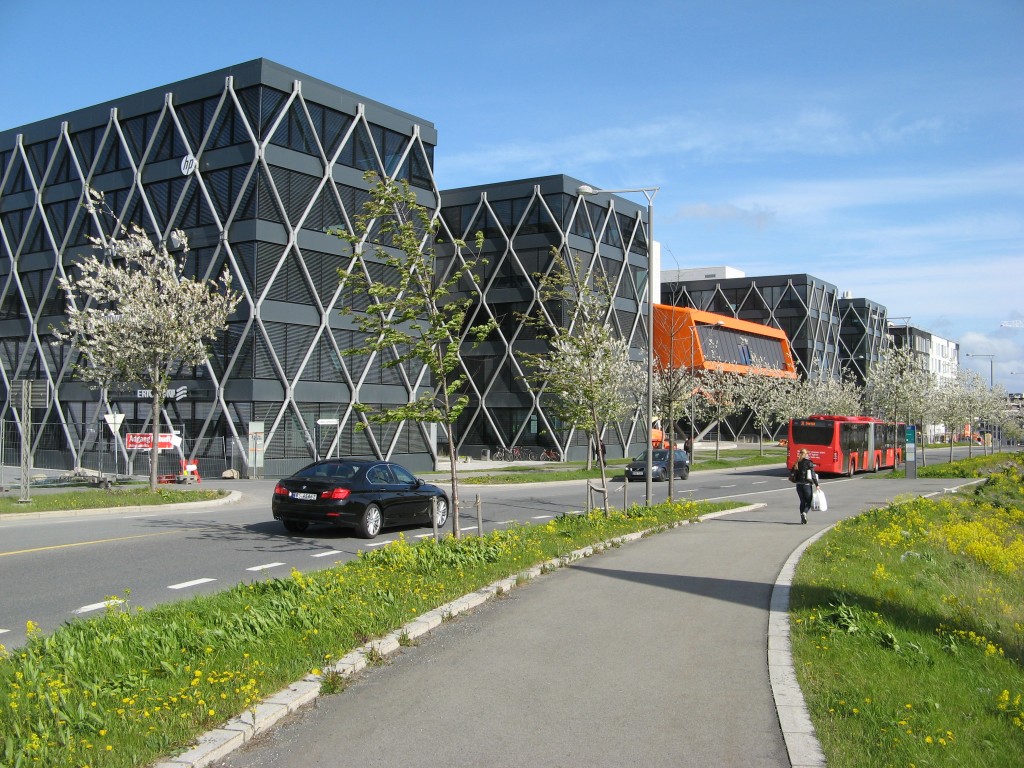The 3rd International NorNet Users Workshop (NNUW-3)
August 28, 2015
at the Simula Research Laboratory in Fornebu/Norway
Welcome
More than two years ago, the NorNet project has started with the intention to build up the world’s first large-scale network testbed for multi-homed systems. NorNet should provide researchers the possibility to perform experiments in real-world wired and wireless setups. Now, the wired part – denoted as NorNet Core – as well as the wireless part – denoted as NorNet Edge – have reached a stage that allows further researchers to start running such experiments. That is, currently 19 NorNet Core sites and more than 300 NorNet Edge nodes are ready to support your research ideas on resilience, mobility, security, multi-path transport and further subjects!
This workshop intends to provide current as well as new and future NorNet users the possibility to get information about the NorNet testbed and initial research results, to discuss their ideas with the testbed developers and to get the possibility for obtaining access to NorNet.
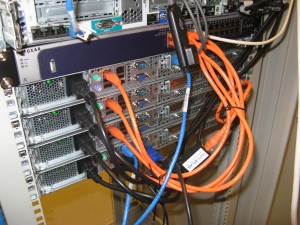
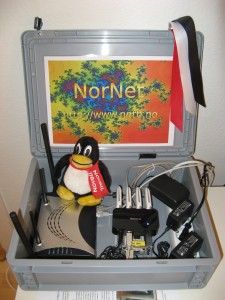
Programme and Workshop Proceedings
Friday, August 28, 2015
08:30-09:00 Registration
09:00 to 09:45 Introduction
«3rd International NorNet Users Workshop (NNUW-3) — Introduction» by Ahmed Elmokashfi (5 min)
«NorNet Edge Platform to Measure Mobile Broadband» by Džiugas Baltrūnas (20 min)
«The NorNet Core Testbed – A Status Update for the NNUW-3» by Thomas Dreibholz (20 min)
09:45 to 10:40 Keynote Speech
«On the Role of Experimental Research in the Evolution of Mobile Networks»
by Mahesh K. Marina (The University of Edinburgh)
Abtract: In this talk, I will reflect on the limited role that experimental studies from the research community have played in the evolution of mobile networks. I will use efficient use of available spectrum as an example to illustrate this point. Then I will present the OpenAirInterface (OAI) platform created by Eurecom as a vehicle for changing the status quo. I will finally outline a few emerging research directions towards 5G and how they can benefit from prototyping and experimentation with an open and flexible platform like OAI.
10:45 to 11:15 Coffee Break
11:15 to 12:30 Measurements from NorNet
- «MONROE – Measuring Mobile Broadband Networks in Europe» by Özgü Alay
- «Using NorNet Edge to Measure Mobile Broadband Performance under Mobility» by Džiugas Baltrūnas
- «Taking Mobile Broadband for a Drive Run: Coverage Profiling and Analysis» by Andra Lutu
- «Correlating Edge Measurements and Network-Side Logs» by Andrés Javier González (Telenor Research)
12:30 to 13:30 Lunch Break
13:30 to 14:30 Panel Discussion I
«The Next Frontier for Measuring and Experimenting with Mobile Broadband Networks»
Panel:
Mahesh K. Marina (The University of Edinburgh),
Anna Brunström (Karlstads Universitet),
Amund Kvalbein (Nexia),
Håkon Lonsethagen (Telenor Research)
Description: Our society is increasingly dependent on mobile Broadband (MBB) networks. This has encouraged researchers, regulators, funding agencies and policy makers to invest in building infrastructures as well as running campaigns for measuring the performance of these networks. These efforts have and (are still) contributing great insights about the characteristics of MBB and how to improve them. Unlike for fixed Internet technologies, however, so far networking and system researchers have been mostly on the passenger seat; measuring and characterizing existing technologies. But, developing MBB networks further and defining 5G concretely require concerted efforts and the participation of both academia and industry. Can researchers seize the opportunity and build the ARPANET of MBB networks? How should future MBB testbeds look like? Shall we start building actual MBB networks and prototype the various protocols? What does this mean to operators and vendors?
14:30 to 15:30 Other Testbeds
«Cellular Network Measurements: A Study of Four Swedish HSDPA+ and LTE Networks«
by Anna Brunström (Karlstads Universitet)
«A Testbed for Distributed Systems Research Based on the Topology-Oriented Infrastructure: ToMaTo«
by Paul Müller (Technische Universität Kaiserslautern)
«Multipath Resilient Transport and Routing for the Future Internet«
by James P. G. Sterbenz (The University of Kansas)
«FLEX – Fire LTE Testbeds for Open Experimentation«
by Dimitrios Giatsios (University of Thessaly)
15:30 to 16:00 Coffee break
16:00 to 17:00 Panel Discussion II
«What should future fixed networking testbeds offer and how can they attract users?”
Panel:
Bjarne Emil Helvik (NTNU) – slides,
Olav Kvittem (UNINETT),
Paul Müller (Technische Universität Kaiserslautern) – slides,
James P. G. Sterbenz (The University of Kansas)
Description: Over the past ten years networking and system researchers have built many testbeds to facilitate network experimentation and innovation. Undoubtedly, several of these testbed has achieved their goals, but the majority have failed in recruiting users consequently ending up not realizing their potential. Further, the recent advances in network programmability, cloud computing, and mobile Internet have radically steered the focus of networking research. Today, networking and system research mostly grapple with optimizing large scale systems with planetary footprint such as distributed data centers. A limited number of researchers, however, have access to real world large scale distributed systems which remain exclusively available to researchers at large tech corporations. In this light, should researchers continue building networking testbed? What types of testbeds should we build? Won’t these testbeds always come short in answering real world problems? Are not new technological trends such IoT and global threats like cyber warfare and cyber terrorism actually encourage the building of new testbed to help supporting the new technologies and combating the threats?
17:00 Adjourn

Venue, Travel and Accomodation
How to reach the Simula Research Laboratory
The workshop will take place at the Simula Research Laboratory within the IT Fornebu complex at Martin Linges vei 17, 1364 Fornebu/Norway (coordinates: 59.89555N, 10.62791E). For a detailed location map, see OpenStreetMap. Fornebu is located approximately 7 km from the city centre of Oslo, the capital of Norway.
From Oslo, you can easily reach the Simula Research Laboratory by taking bus number 31, 31E, 36 or 36E in the direction to Fornebu (busses er labelled for Fornebu or Snarøya). Public transport schedules and ticketing information can be obtained from Ruter. Within the city centre, these busses pass by the National Theatre (Nationaltheatret) and Oslo Central Station (Oslo sentralstasjon, shortly called Oslo S). From Oslo S, there are national and international train connections (NSB) as well as a direct train from/to the airport (Flytoget). The Oslo International Airport (airport code: OSL) in Gardermoen is the nearest international airport.
Get off the bus at the «IT Fornebu» bus stop; it is two stops after Telenor Arena. When you exit the bus, you will see the orange hub in the middle of «Portalbygget». You need to walk down the stairs beneath it to get to the main entrance hall («Resepsjon»). Right before the reception, there is a staircase. Walk up the stairs to the 3rd floor and you find Simula’s main entrance.
In order to reach the Simula Research Laboratory by car, follow the directions towards Fornebu and then follow the signs for Snarøya. After you have passed the Telenor building, follow the road straight ahead through a junction and then take the second exit («Rolfsbuktveien») at the first roundabout. Drive past the orange hub/building and take the first turn left at the corner of the HP builing. There is paid parking in the underground parking house between «Terminalbygget» and the new Statoil building. Take the stairs/lift up and walk to the reception.
Visa assistance
For international participants, please obtain information on whether you need a visa for Norway and details about the corresponding application procedure from your local travel agengy or the Norwegian embassy in your home country. If you need an invitation letter, please contact Ahmed Elmokashfi as soon as possible!
Where to stay?
Oslo, as the capital of Norway, has various hotels. An overview can for example be found at TripAdvisor or Finn.no.
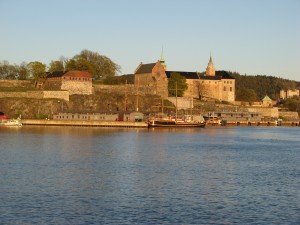
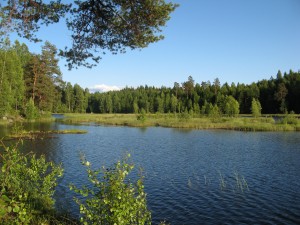
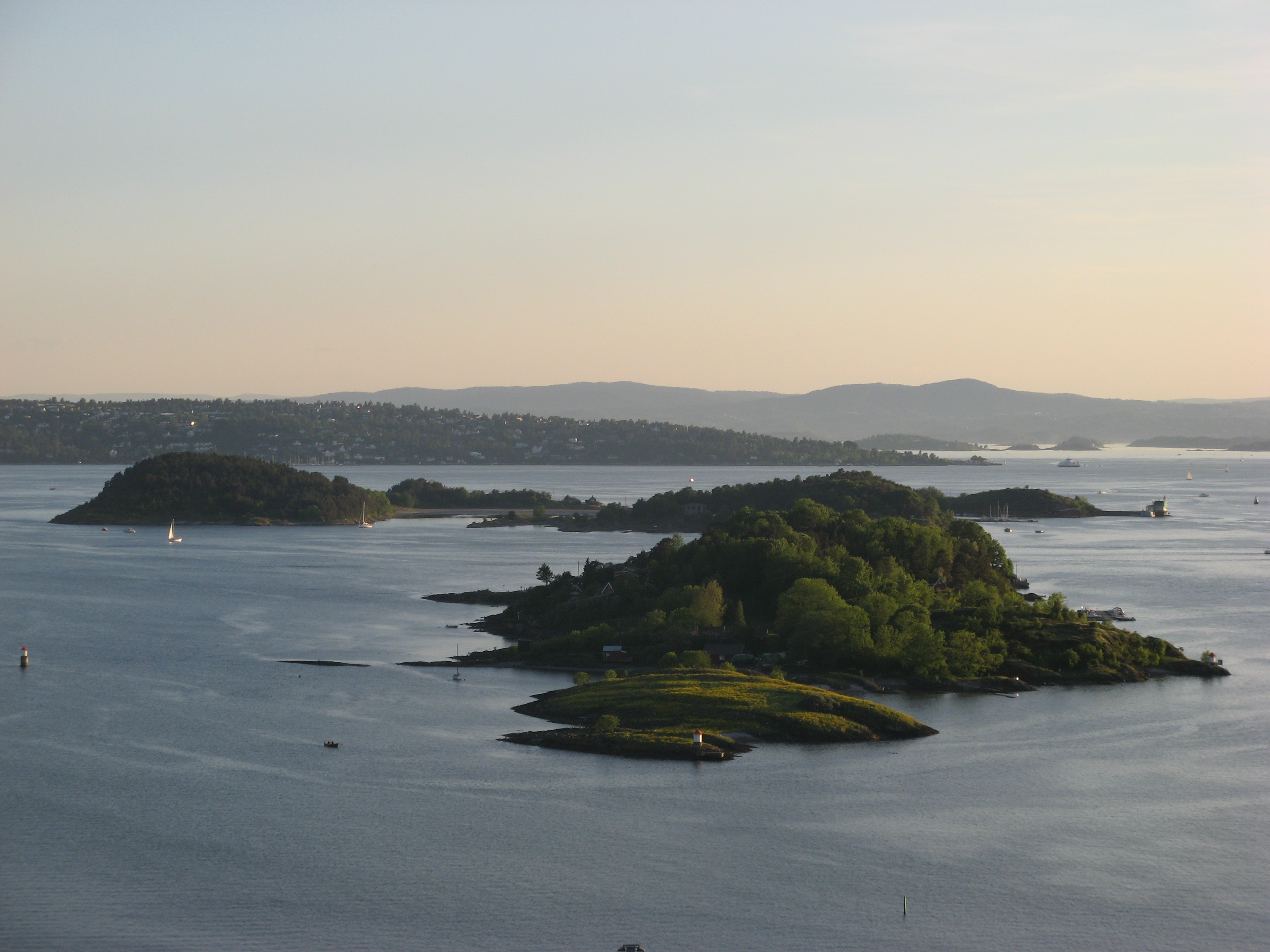
What to see?
What about combining your workshop travel with a visit of the Oslo region, Østlandet or the many other nice places in Norway? Some further information can be found here:
- Visit Oslo: http://www.visitoslo.com/.
- Visit Norway: http://www.visitnorway.com/.
- Norsk Folkemuseum: http://www.norskfolkemuseum.no/.
- Sognsvann: http://ut.no/tur/sognsvann.
- Weather forecast: http://www.yr.no/sted/Norge/Oslo/Oslo/Oslo/langtidsvarsel.html.
Note, that most places in the Oslo area are very easily reachable by public transport!
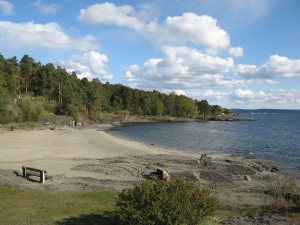
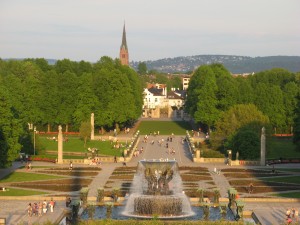
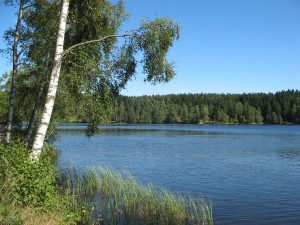
Registration
The registration is open now:
Please help us planning the NNUW-3 by registering as soon as possible!
Contact
In case of questions, please contact Thomas Dreibholz.

